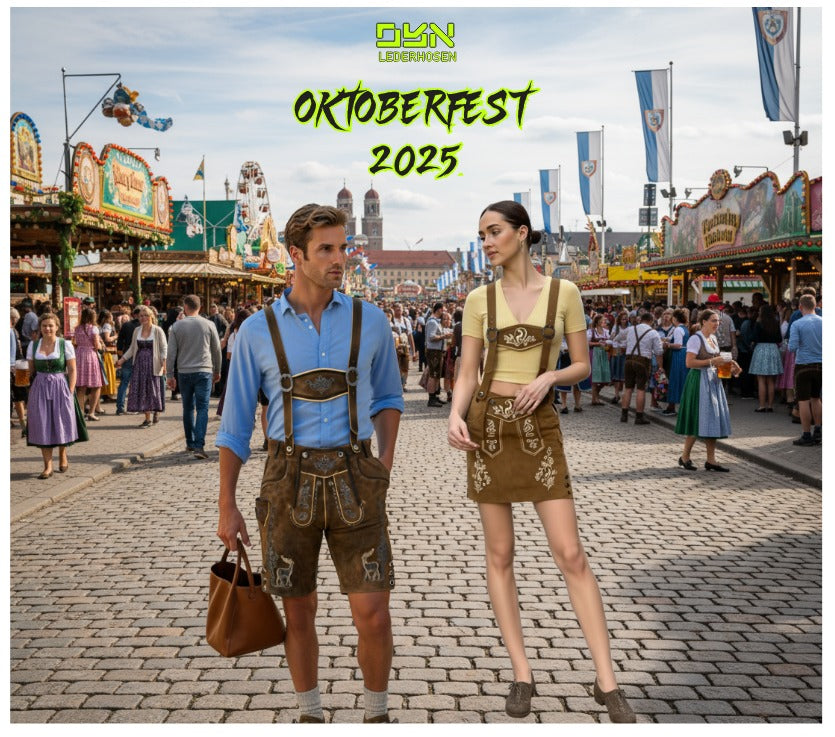The Evolution of Oktoberfest Since 1810
Posted by THRONE SPORTS

Oktoberfest is the world’s largest beer festival, held annually in Munich, Germany. Its origins trace back to October 12, 1810, when Crown Prince Ludwig of Bavaria (later King Ludwig I) married Princess Therese of Saxony-Hildburghausen. To celebrate the royal wedding, a grand public festival was held in the fields outside Munich’s city gates, which included horse races and festivities for the citizens. The location was later named "Theresienwiese" ("Theresa’s Meadow") in honor of the princess—a name still used today.
The celebration was so popular that it became an annual event. In 1811, an agricultural show was added to promote Bavarian farming, a tradition that continues every four years. Over the years, additional elements such as beer stalls, food vendors, carnival rides, and games were introduced, gradually transforming the festival into the massive folk celebration known today.
Although the festival originally took place in October, it now begins in mid-September and ends on the first Sunday in October. This change was made to take advantage of the more favorable September weather, allowing for better conditions for the outdoor events.
Oktoberfest has only been canceled a few times in its over 200-year history, notably during wars and pandemics. Despite these interruptions, it remains a deeply rooted tradition in Bavarian culture.
Today, Oktoberfest attracts over six million visitors annually from around the world. Attendees enjoy traditional Bavarian music, food (like pretzels, sausages, and roast chicken), and, of course, beer served in massive one-liter steins. The beer served must be brewed within Munich and conform to the Reinheitsgebot, Germany's beer purity law.
More than just a beer festival, Oktoberfest is a celebration of Bavarian heritage, culture, and hospitality, making it a unique and enduring global event.
